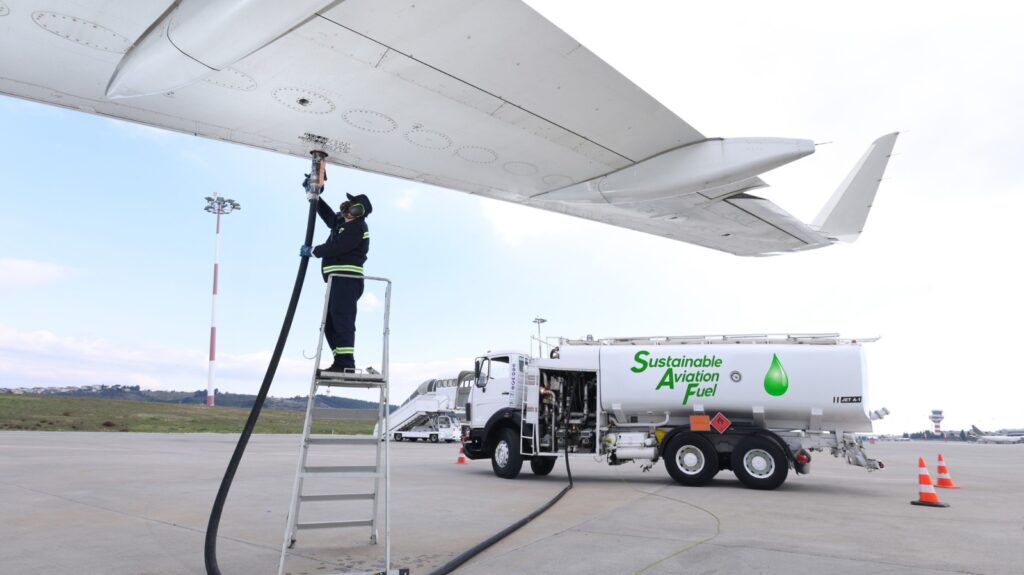When you’re seated at the gate, watching the ground crew bustle around your aircraft, refueling might appear to be a straightforward task. However, commercial aircraft are far from your typical vehicles, and refueling them is a complex, calculated operation. This process involves specialized equipment, trained personnel, and a series of stringent safety checks. So, how long does it actually take to refuel a passenger plane?
The time required for refueling is influenced by several factors, including the aircraft’s size and the type of fueling method employed. Larger aircraft, such as the Airbus A380 and Boeing 777, naturally require more time to refuel than smaller regional jets. For instance, a Boeing 747 Intercontinental can hold up to 63,000 gallons of fuel, while a more standard commercial jet like the Boeing 737-800 holds approximately 6,875 gallons.
Factors Affecting Refueling Time
Refueling time is not solely dependent on the aircraft’s fuel capacity. The logistics of the airport, the type of route, and the fueling method all play significant roles. Planes flying longer international routes require more fuel, which can extend the refueling process. Additionally, the speed at which fuel is delivered is crucial.
According to Thomas Bergman, head of operations at Air BP, the standard practice is to fuel aircraft at a rate of 1,000 liters, or 264 gallons, per minute. This rate can be doubled when using two pumps simultaneously, significantly affecting the overall time required for refueling.
Thomas Bergman stated, “The standard practice is to fuel aircraft at 1,000 liters per minute, which can be doubled with two pumps.”
Refueling Methods and Safety Protocols
At most major airports, fuel is delivered through fueling trucks that not only transport the fuel but also act as pumps and filter out impurities. This ground-based refueling is a stark contrast to military aircraft, which can refuel mid-air. Commercial planes, however, are strictly ground-fillers, receiving fuel between passenger disembarkation and boarding.
While standard procedure advises against refueling with passengers on board, some airlines do proceed with this practice under strict safety protocols to prevent accidents. The presence of passengers necessitates additional safety measures, making the process even more meticulous.
Historical Context and Industry Practices
The aviation industry has evolved significantly over the decades, with refueling practices becoming more efficient and safer. In the early days of commercial aviation, refueling was a much lengthier process, often taking several hours. Advances in technology and fuel delivery systems have reduced this time considerably.
Today, refueling a passenger plane typically takes between 20 minutes to an hour, with standard planes at the lower end of that spectrum. This efficiency is crucial for maintaining tight flight schedules and minimizing delays.
By the Numbers: A Boeing 737-800 holds around 6,875 gallons of fuel, while a Boeing 747 can hold up to 63,000 gallons.
Looking Ahead: Innovations in Refueling
The future of aircraft refueling may see further innovations aimed at reducing time and increasing safety. With advancements in fuel technology and automation, the industry is poised to enhance efficiency even further. As airlines continue to prioritize sustainability, alternative fuels and more efficient refueling methods could become standard practice.
In conclusion, while refueling a passenger plane is a complex process, ongoing innovations and stringent safety protocols ensure that it is conducted efficiently and safely. As the aviation industry continues to evolve, passengers can expect even greater improvements in the refueling process.
 Father-Daughter Bonds Extend Lifespan of Female Baboons, Study Reveals
Father-Daughter Bonds Extend Lifespan of Female Baboons, Study Reveals Father-Daughter Bonds Extend Lifespan in Female Baboons, Study Finds
Father-Daughter Bonds Extend Lifespan in Female Baboons, Study Finds Father-Daughter Bonds Extend Lifespan in Female Baboons, Study Finds
Father-Daughter Bonds Extend Lifespan in Female Baboons, Study Finds Father-Daughter Bonds Extend Lifespan in Female Baboons, Study Finds
Father-Daughter Bonds Extend Lifespan in Female Baboons, Study Finds Father-Daughter Bonds Enhance Longevity in Female Baboons, Study Finds
Father-Daughter Bonds Enhance Longevity in Female Baboons, Study Finds